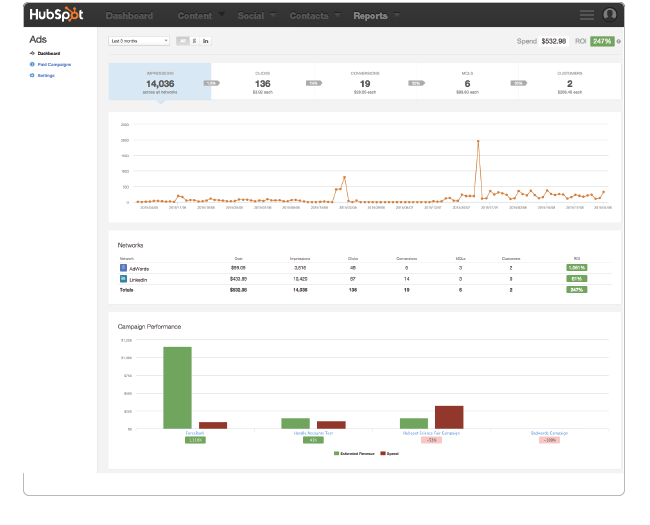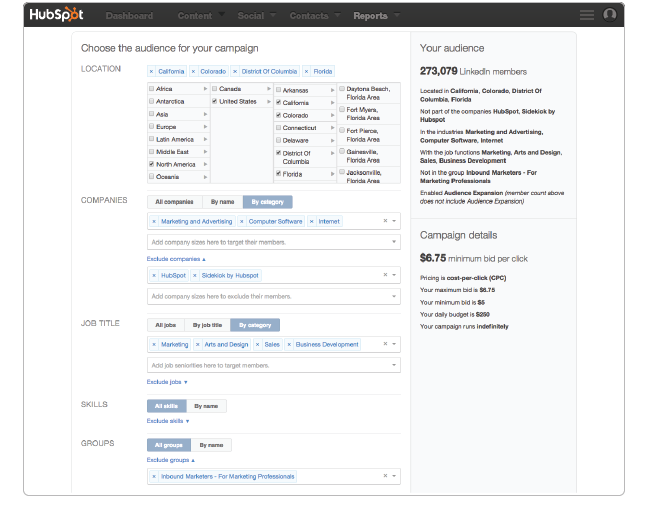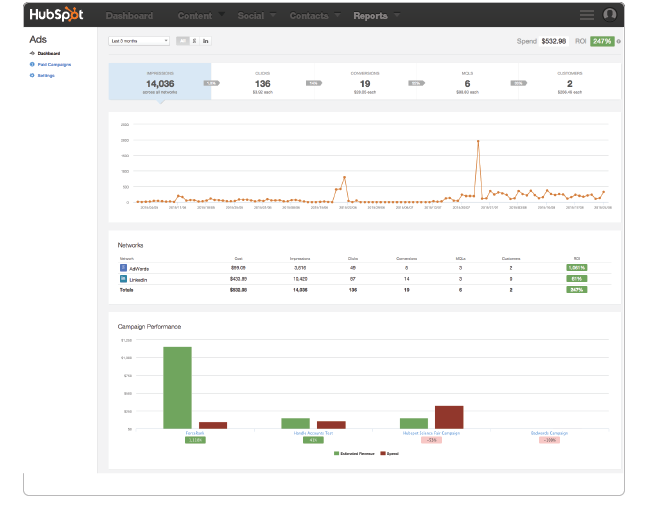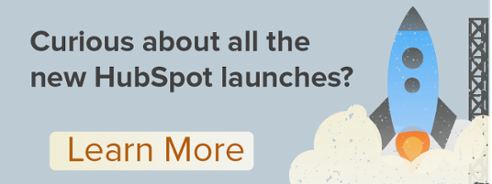Is paid advertising a part of inbound marketing?

I have a confession to make.
I, along with the rest of the team here at AdVision, have spent millions of dollars placing advertisements in the internet. We have paid real money to cut the line, insert ourselves into top positions, and subject ourselves to 25 and 35 character limits to sell products and services… all in hopes of catching some clicks and conversions at an affordable cost per acquisition.
So is what we’re doing, really the antithesis of inbound marketing? The term used to described lovable marketing campaigns that refrain from interruption?
SPOILER ALERT: No.
We really haven’t been nice to paid search advertising lately. With the coining of what seemingly could be this decade’s greatest buzzword in business, inbound marketing, paid search has unfortunately been outcast into a dark corner of many marketers’ budgets. Whether it's the steep learning curve or knowing when to use an aggresive PPC bidding strategy, it's one channel that is frequently shied away from.
The reality is that paid advertising methods such as media buying, paid search, and paid social have been cornerstones of inbound marketing for quite some time. Here are a few reasons why:
Paid advertising can help people find solutions to their problems.
A wise man once said with great power, comes great responsibility. Inbound marketing has always put the emphasis on helping rather than selling, and that’s exactly what the most effective paid advertising campaigns do.
It can catch people at the right time.
Effective paid search campaigns are all about context. As inbound marketing focuses on drawing consumers in while they’re on the hunt for one solution or another, paid search advertising vehicles such as Google AdWords allow your ads to be shown instantly when searches a relevant search query. And in this day and age, Google has even developed mechanisms such as quality score to maintain the integrity of the process; unfortunately for spammers, you can’t show the same ads affordably for the keywords “bicycle helmet”, “lollapalooza”, and “snow removal”.
Not many other advertising methods can beat its relevancy.
Part of inbound marketing is attracting the right types of traffic to your website at the right time. Paid search only posts ads in front of a user when they search for a keyword you are using in your account. If you’re using the right keywords, this traffic should be laser-focused traffic that wants what you have to offer.
Testing and optimization strategies allow marketers to be more helpful to consumers.
Paid search optimization goes well beyond cost per click values and average positions. Data is being collected on a keyword, match type, ad text, ad group, campaign, geography, day parting, level and more. With so many ways to pivot and twist the data, paid search campaigns are ripe for analysis and optimization. And because consumers can vote with their clicks, we can know exactly what messaging they prefer and therefor understand what’s more helpful.
HubSpot, our favorite inbound marketing software platform, has realized the importance of the paid space in any inbound marketing initiative, and has reflected that in the functionality of their product. As of today, HubSpot users now have access to a $50 per month add on called “Ads”.
Ads will allow marketers to seamlessly integrate their paid advertising campaigns with HubSpot. And let's face it, paid search advertising hasn't been the easiest channel to master; there's more to it than keywords. The HubSpot add-on is one of the easiest ways to execute paid advertising campaigns from creation, all the way to measurement and analysis. With HubSpot's intuitive interface combined with the the data we've all been curating within the platform, we now have a unique closed loop view of our ad campaigns' performance.
Creating LinkedIn ad campaigns has never been easier. Selecting targeting parameters is as simple as the rest of the software has always been, as seen in the screenshot below.

Paid search advertisers have long had the ability to see the nuts and bolts behind their campaigns such as impressions, clicks, and conversions, but the real power that Ads will bring to the table is the ability to match those numerical metrics with a human identity.
Why is the human identity important?
It’s easy for marketers to get caught up in the numbers. We have a metric for this, and a KPI for that. Don’t even get us started on the volume of acronyms in our space (although we fully embrace it). Matching human identities with conversions by your paid advertising campaigns is important because it gives you an additional layer of insight into what is working, and what isn’t. This layer of data goes beyond the simple metrics and better shows us which of our paid advertising efforts are actually the most effective in bringing us bottom-of-the-funnel leads, or leads that are further along in their purchase process.
Take B2B software sales for example. Within a given campaign, you might find that a particular campaign is more effective in generating more marketing qualified leads (MQLs), and ultimately ROI, as seen in the screenshot below.

Better yet, HubSpot’s Ads integration also makes arriving at ROI a cinch. Sure, pulling revenue figures directly out of the Google AdWords interface, and comparing this to spend could determine your ROI; but what if your company is not in eCommerce and relies on lead generation instead? By combining the data we’ve always had access to within the ad platforms themselves, and the CRM functionalities of HubSpot, most companies regardless of how they generate customers can more easily arrive at ROI.
HubSpot’s Ads add-on currently integrates with LinkedIn advertising, and Google AdWords is in a limited beta.
How have you integrated paid advertising methods in your inbound marketing strategy? Please let us know in the comments below.

September 9, 2015
